Table of Contents
1. Introduction
2. Understanding different types of garden netting
3. Current market trends and innovations in garden netting
4. Key factors to consider when choosing garden netting
5. Top garden netting products and features in 2025
6. Conclusion
Introduction
Garden netting plays a crucial role in safeguarding plants from a variety of threats, ranging from insects to larger animals like birds or deer. By creating a protective barrier, it helps maintain healthy crops and gardens, ensuring optimal growth and reducing damage. The right garden netting can boost overall efficiency, reduce maintenance, and protect investments in agricultural and landscaping projects. When carefully selected, the material and design can make a significant difference in how well it meets the needs of various environments, offering both durability and practical application.
Understanding different types of garden netting
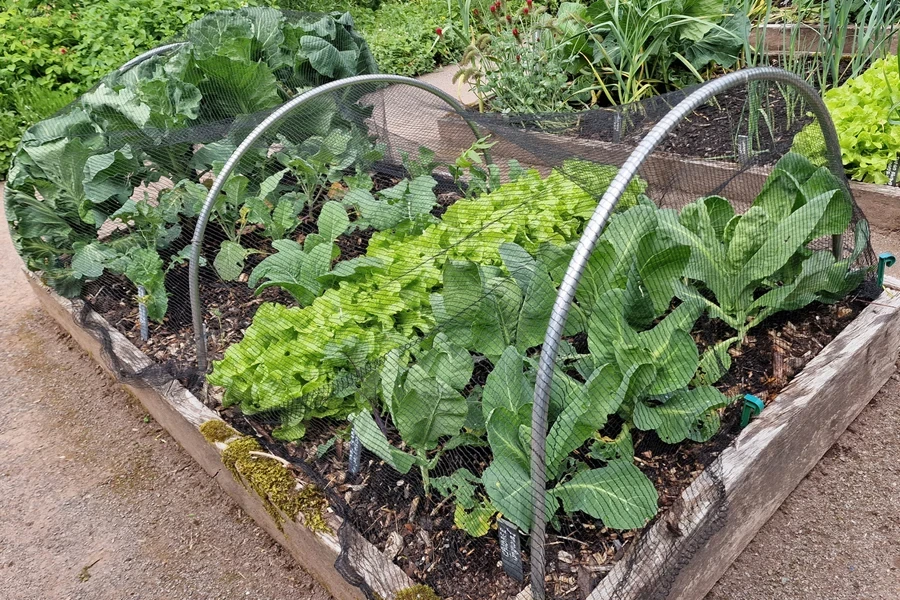
Overview of materials and designs
Garden netting is commonly made from materials like polyethylene, polypropylene, and nylon. Polyethylene is widely used due to its durability and UV resistance, making it suitable for all-weather protection. Polypropylene offers flexibility at a lower cost, while nylon is lightweight and ideal for short-term protection or smaller setups. Each material provides specific advantages depending on the garden’s needs, with polyethylene often favored for long-lasting installations.
Netting designs vary primarily in mesh size. Fine mesh netting is used to keep out small insects while allowing air, sunlight, and water to reach the plants. Larger mesh designs are more suitable for preventing birds or small animals from damaging crops. Some nettings also feature reinforced edges or added strength to resist strong weather conditions or larger animal interference.
Best applications: insect, bird, and animal protection for vegetable and flower gardens
Garden netting plays an essential role in protecting vegetables and flowers from various threats, offering targeted solutions for different types of pests and animals. Insect netting, with its ultra-fine mesh, is ideal for safeguarding delicate vegetables like lettuce, cabbage, and tomatoes, as well as flowering plants. This netting type blocks small pests such as aphids, flies, and caterpillars, allowing airflow, sunlight, and water to nourish the plants while preventing insect damage.
Bird netting is particularly effective for vegetable gardens with plants that bear fruit or tall flowers, as it stops birds from pecking at crops like strawberries, tomatoes, and berry bushes, or from damaging flower buds. The medium-sized mesh provides an efficient barrier without obstructing light or airflow, making it an excellent option for larger vegetable patches or flower beds.
For larger pests, such as deer and rabbits, animal protection netting is essential. Deer netting, which is taller and made from durable materials, prevents deer from trampling and feeding on vegetables and flowers. Rabbit netting, often installed around the perimeter of a garden and buried into the ground, is designed to stop rabbits from burrowing into flower beds or vegetable plots, ensuring roots and low-growing plants remain undisturbed.
Current market trends and innovations in garden netting
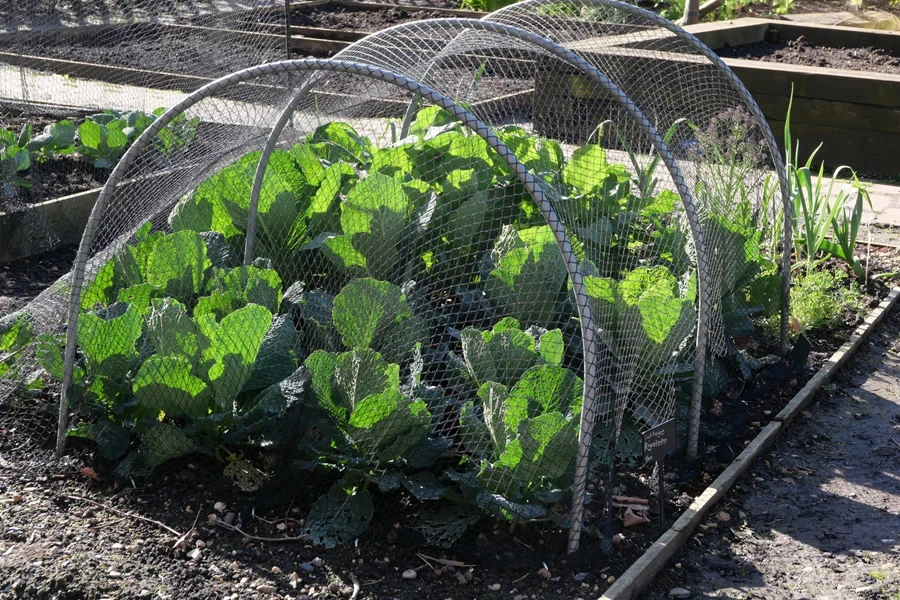
Recent developments in UV-resistant materials
Experts estimate the global garden netting market to be around USD 1.8 billion and project its growth to reach approximately USD 2.5 billion by 2028. This increase, with an expected CAGR of 5.1% from 2023 to 2028, is attributed to the rising demand for sustainable gardening solutions and the adoption of eco-friendly materials in netting products. Enhancements in netting durability and weather resistance further drive market expansion, as highlighted by Grand View Research.
Growth of eco-friendly and biodegradable netting solutions
The growing demand for eco-friendly alternatives is another important trend in the garden netting market. Biodegradable netting, made from materials like polylactic acid (PLA), is designed to decompose naturally, reducing long-term plastic waste. These biodegradable options are ideal for short-term gardening projects and comply with environmental regulations, making them popular among businesses focused on sustainability.
Though biodegradable netting may not last as long as traditional plastic, its benefits in reducing environmental impact make it a strong choice for sustainable gardening practices. This shift toward eco-conscious solutions is in line with the broader movement to reduce plastic pollution and promote greener alternatives in the agricultural sector.
Key factors to consider when choosing garden netting
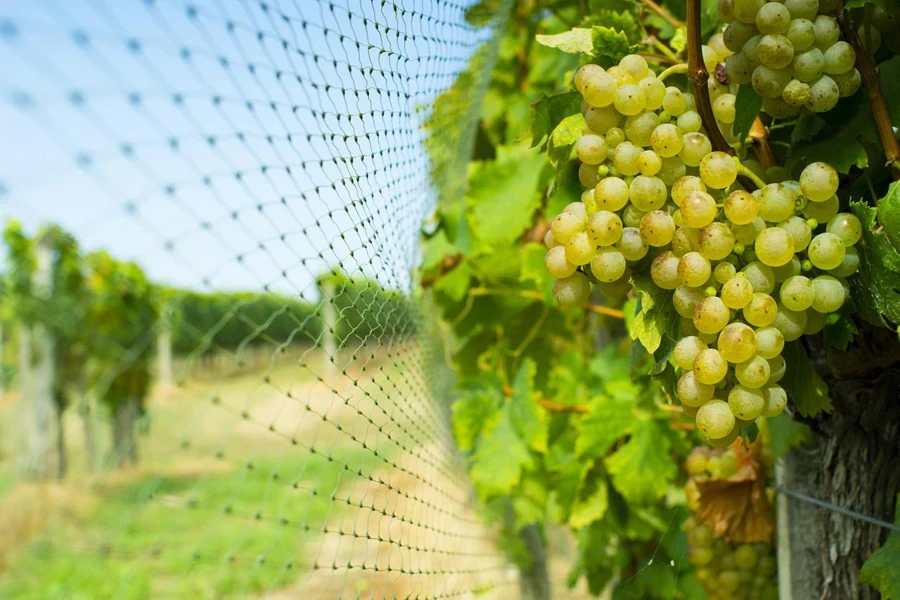
Durability and weather resistance
When selecting garden netting, durability and resistance to weather conditions are critical factors. Materials such as polyethylene (PE) and polypropylene (PP) are commonly used for their ability to withstand harsh elements, including strong sunlight, rain, and wind. Many high-quality nets are UV-treated, which helps prevent deterioration caused by prolonged exposure to sunlight. This feature is essential for ensuring that the netting remains intact and effective over multiple seasons. Nylon netting, though flexible and lightweight, may not offer the same level of UV protection, making it more suitable for short-term applications or areas with mild weather conditions.
Mesh size and protection type
The size of the mesh in garden netting determines the level of protection it provides. Fine mesh netting is ideal for preventing small insects like aphids and flies from reaching plants, while larger mesh sizes are better suited for deterring birds or animals such as rabbits and squirrels. Selecting the right mesh size is crucial based on the specific threat faced in the garden. Smaller mesh offers more comprehensive coverage but may reduce airflow slightly, whereas larger mesh sizes maintain ventilation while keeping out bigger pests. Different projects and environmental factors will dictate the appropriate choice for mesh size.
Ease of installation and maintenance
Ease of installation plays a major role in the overall effectiveness of garden netting. Nets that are lightweight and flexible, such as those made from nylon, are generally easier to handle and set up. Sturdy support structures, like poles or stakes, are typically used to secure the netting in place. Properly installed netting ensures full coverage and prevents animals or birds from gaining access. Routine maintenance, such as checking for tears or loose sections and repairing them promptly, can extend the lifespan of the netting. Gardeners should regularly clean and inspect the netting to ensure it remains effective throughout the growing season.
Environmental impact and sustainability considerations
Sustainability is an increasingly important factor in garden netting selection. Eco-friendly options, such as biodegradable nets made from materials like polylactic acid (PLA), are becoming more available. These nets are designed to break down naturally over time, reducing plastic waste and minimizing environmental impact. Although biodegradable netting may have a shorter lifespan, it is an excellent choice for temporary installations or projects with a strong focus on sustainability. In contrast, non-biodegradable materials, while more durable, contribute to long-term plastic pollution if not properly managed at the end of their use.
Top garden netting products and features in 2025
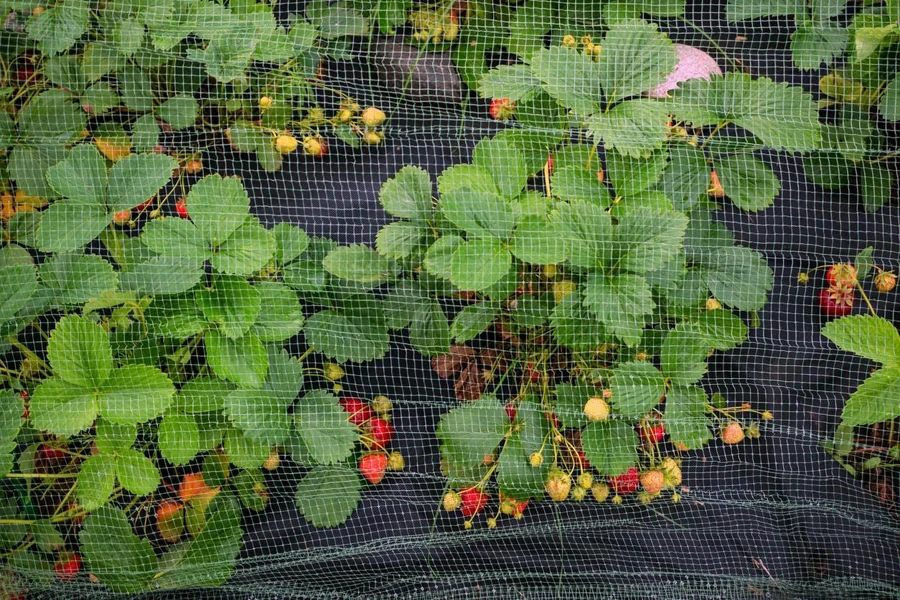
Leading models and their strengths
In 2025, a number of garden netting products stand out for their effectiveness and durability. Feitore Garden Netting is one of the most versatile options available, offering excellent protection from birds, squirrels, and deer. Made from durable polypropylene, this netting is resistant to UV rays and comes in sizes like 7 ft x 100 ft. The product is praised for its reusability and ease of installation, as it includes cable ties and nails, making it a convenient solution for larger gardens.
Another strong contender is RIFNY Ultra Fine Mesh Netting. This option is particularly effective for preventing insects while allowing sunlight, air, and rain to pass through. Its fine mesh (10×33 ft per pack) is a popular choice for protecting delicate vegetables and flowers, making it ideal for greenhouses and raised garden beds.
For heavy-duty applications, De-Bird Garden Netting excels with its thicker design. Known for its resistance to harsh weather and UV exposure, it is often used for larger crops and to protect against bigger pests like deer. Although slightly more expensive, its long-term durability makes it a solid investment for those requiring extensive protection.
Comparative analysis of durability, design, and cost
Durability is a key factor for garden netting, particularly when facing extreme weather conditions. Polypropylene-based nets like Feitore and Fafaland are noted for their durability and UV resistance, making them suitable for long-term use. De-Bird stands out with its heavy-duty construction, providing a thicker mesh that is more resilient but comes with a higher price point.
In terms of design, the RIFNY Ultra Fine Mesh is lightweight and easy to install, yet its fine mesh size offers superior protection against insects while still promoting plant growth. On the other hand, De-Bird features a larger mesh size, which is better suited for larger animals and allows for more airflow.
Cost-wise, lighter nets such as Fafaland Bird Netting offer a good balance between affordability and performance. They are often priced lower than more specialized or heavier-duty options, making them a popular choice for gardeners on a budget. However, products like De-Bird tend to be more expensive but provide enhanced protection and longevity, justifying the cost for larger projects.
Special features: reinforced edges, UV protection, and more
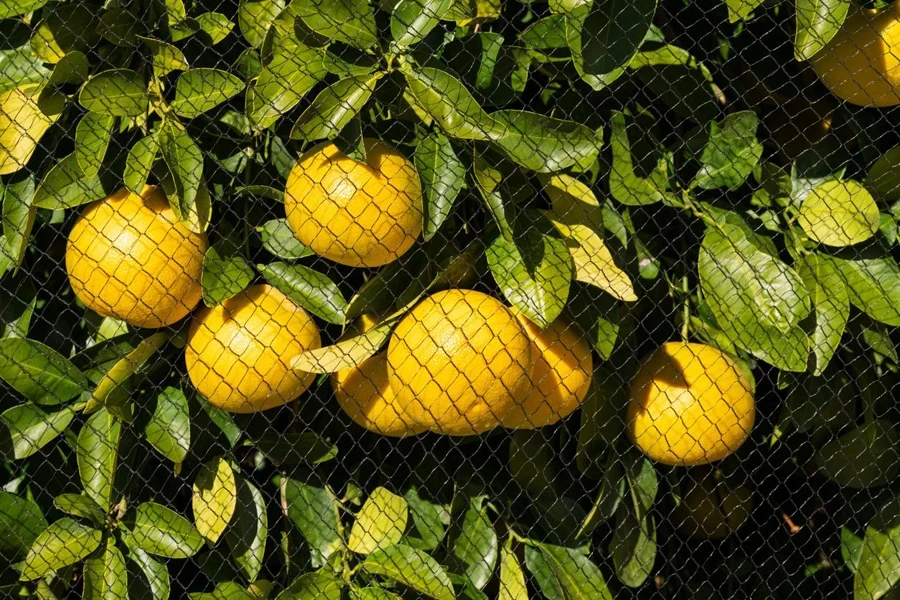
Many of the leading garden netting products in 2025 come equipped with specialized features to enhance their performance. Feitore Garden Netting, for example, includes reinforced edges to prevent fraying when cut to size, and its UV protection ensures that the netting remains effective even after prolonged sun exposure. This feature extends the lifespan of the netting, reducing the need for frequent replacements.
RIFNY Ultra Fine Mesh offers high permeability, allowing essential elements like sunlight and rain to reach the plants, while its ultra-fine mesh ensures that even the smallest pests are kept out. This combination of protection and permeability makes it ideal for more delicate crops.
Other nets, like Fafaland, also emphasize ease of use, providing installation kits with zip ties and stakes, making setup straightforward and time-efficient. The UV-resistant materials used in products like De-Bird ensure that they maintain their structural integrity, even in harsh sunlight, which is crucial for gardens in warmer climates.
Conclusion
Selecting the right garden netting is essential for protecting plants and ensuring long-term success in any gardening or agricultural project. Each netting type serves a unique purpose, whether it’s safeguarding against insects, birds, or larger animals. Advances in UV-resistant materials and biodegradable options offer enhanced durability and sustainability, while modern features like reinforced edges and easy installation make these products practical and efficient. By considering specific needs—whether it’s mesh size, strength, or environmental impact—buyers can ensure they invest in a solution that meets both functional and ecological standards.



